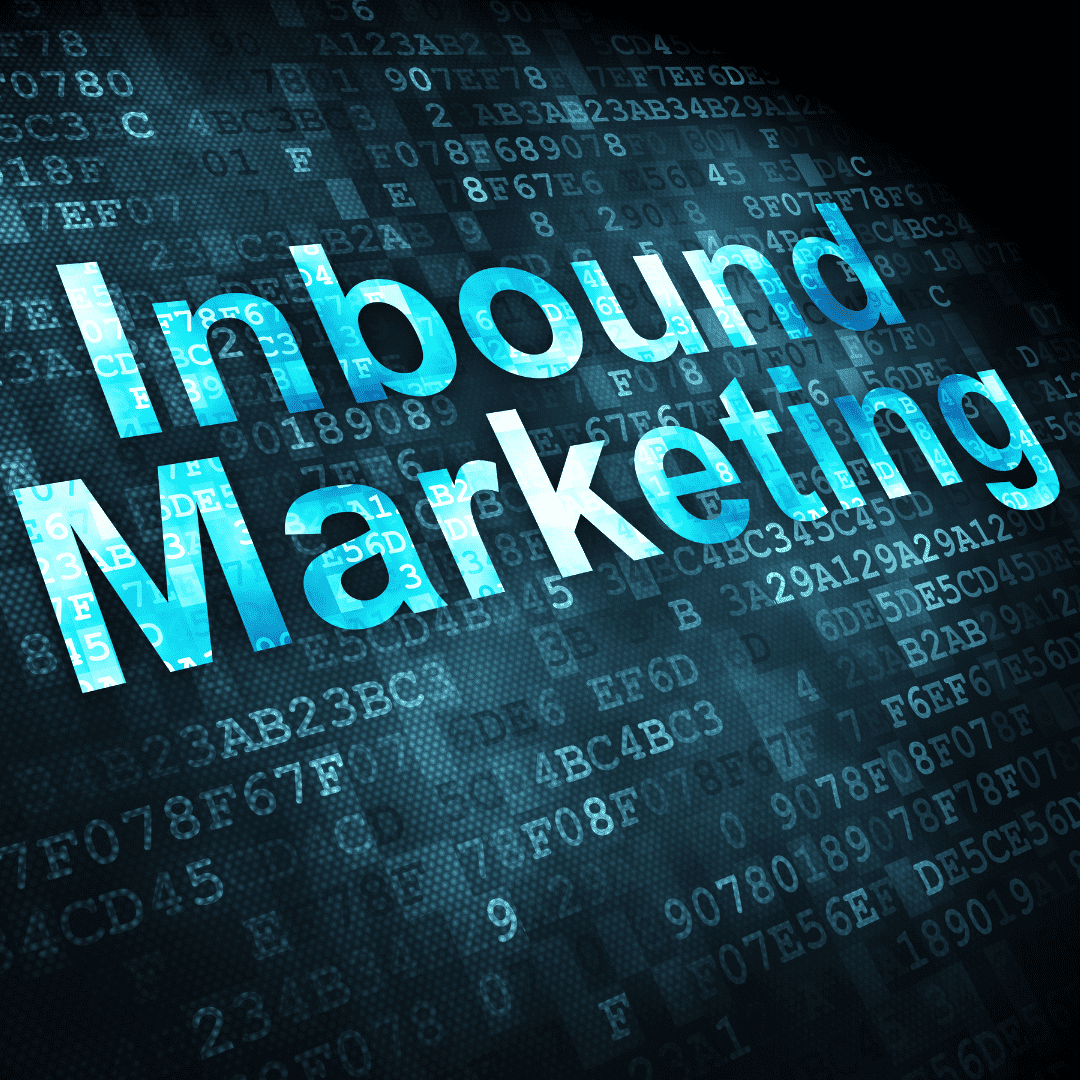Inbound marketing attracts customers by creating valuable content and experiences tailored to them. While outbound marketing interrupts your audience with content they don’t always want, inbound marketing forms connections they are looking for and solves problems they already have.
Your goal as an inbound marketer is to attract new prospects to your company, engage with them at scale, and delight them individually. You also partner with your sales and services teams to keep the flywheel spinning effectively and help the business grow.
Inbound Marketing Strategies
These strategies will help you effectively market to your target audience in an inbound way.
- Attracting Strategies: Inbound marketing strategies that attract your target audience and buyer personas are tied to content creation and development. To reach your audience, start by creating and publishing content that resonates with your audience’s needs. It’s important to optimize the content with a good SEO strategy in terms of the right keywords in order to achieve this.
- Engaging Strategies: ensure you’re communicating and dealing with leads and customers in a way that makes them want to build long-term relationships with you. When using these engagement strategies, inject information about the value your business will provide them with.
- Delighting Strategies: Incorporating thoughtful, well-timed chatbots and surveys to assist, support, and request feedback from customers is a great way to delight customers. Bots and surveys can be shared at specific points in time throughout the customer’s journey to ensure they make sense and are of value. Social media is another avenue where followers may use one of your profiles to provide feedback, ask questions, or share their experience with your products or services.
Importance of Inbound Marketing
a) Customer-Centric Approach: Inbound marketing starts with understanding your target audience’s needs and preferences, allowing you to create content and experiences that resonate with them. This approach builds trust and rapport with your audience, leading to stronger and more lasting customer relationships.
b) Cost-Effective: Inbound marketing often requires less financial investment than traditional outbound methods like TV or print advertising. By creating and sharing valuable content online, businesses can attract organic traffic and generate leads without large advertising budgets.
c) Long-Term Sustainability: Inbound marketing is not reliant on short-lived advertising campaigns. Valuable content created for your website, blog, social media, or email marketing remains accessible to your audience over time, which can result in ongoing lead generation and customer retention.
d) Improved Targeting: By creating the right content and using SEO and social media, you can attract an audience actively seeking information related to your products or services.
e) Higher Quality Leads: Since inbound marketing attracts prospects interested in your content and solutions, it often results in higher quality leads. These leads are more likely to convert into customers, as they have already shown interest in your industry or offerings.
g) Enhanced Brand Authority: Producing valuable content positions your business as an authority in your industry. When customers see your brand as a trusted source of information, they are more likely to turn to you when making purchasing decisions.
h) Measurable Results: Inbound marketing is highly trackable. You can monitor the performance of your content and campaigns through analytics tools, since inbound marketing is easily trackable, enabling you to make data-driven decisions to improve your strategies.
i) Adaptability: Inbound marketing can be adapted to various industries and business sizes. Whether you’re a small startup or a large enterprise, you can tailor your inbound strategy to suit your specific goals and resources.
j) Lead Nurturing: Inbound marketing allows for lead nurturing through automated email campaigns, personalized content, and targeted messaging. This nurturing process helps move leads through the sales funnel and increases conversion rates.
k) Customer Delight: The inbound methodology extends beyond the purchase stage. It emphasizes delighting customers with ongoing valuable content and support. Satisfied customers are more likely to become loyal, advocate for your brand, and refer others.
Inbound marketing is a contrast to traditional outbound marketing methods that interrupt potential customers with messages they may not want. To stay relevant, therefore, it is important to you as an inbound marketer to attract new prospects to your company/business, engage with them at scale, and delight them individually. Our team of skilled experts at PAT Consulting can help you perform and deliver better. Get in touch with us now.






